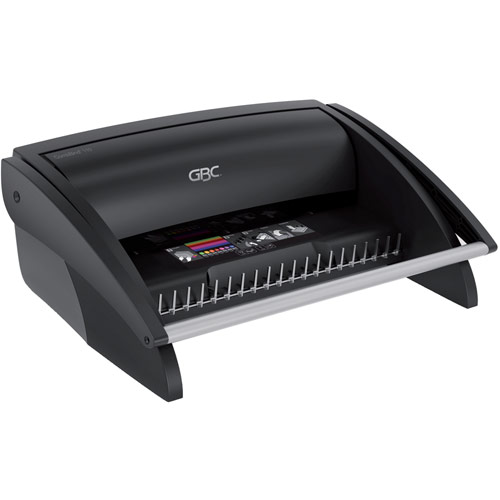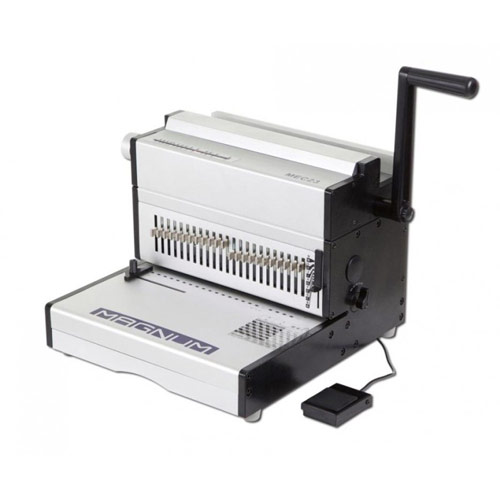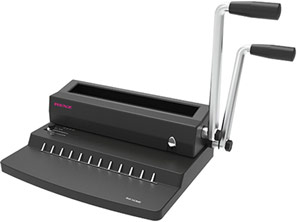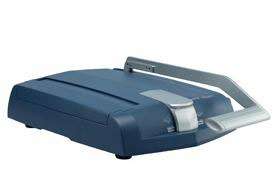Choosing a paper binding machine depends on several factors such as the type of binding needed, the volume of documents to be bound, and the budget. Here are some factors to consider when choosing a paper binding machine: Binding type: There are different types of binding methods such as comb, wire, coil, and thermal. Choose a binding machine that uses the type of binding that best suits your needs. For example, comb binding is ideal for binding large documents and reports, while coil binding is best suited for binding documents that need to lie flat and be easily flipped through. Document volume: Consider the volume of documents that will be bound. Choose a binding machine that can handle the volume of documents you need to bind. A high-volume machine is suitable for large offices or print shops, while a low-volume machine is best suited for home or small offices. Punch capacity: The punch capacity is the number of sheets that can be punched at a time. Choose a machine with a punch capacity that meets your needs. A higher punch capacity is faster, but may also be more expensive. Electric or manual: Choose between an electric or manual binding machine. Electric machines are faster and easier to use, but they are also more expensive. Manual machines are more affordable but require more effort and time. Additional features: Consider additional features such as adjustable margins, disengageable punching dies, and built-in comb storage. These features can make binding easier and more efficient. Budget: Finally, consider the budget. Choose a binding machine that meets your needs and fits within your budget. Remember that higher-end machines may have more features, but may not be necessary for your specific needs.
By considering these factors, you can choose a paper binding machine that is best suited to your needs and budget.




























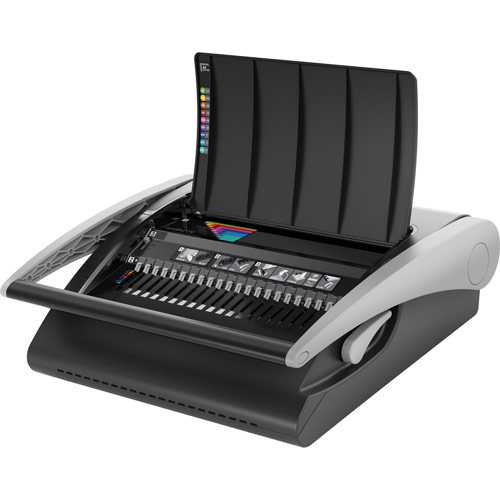











 Binding Wizard
Binding Wizard





